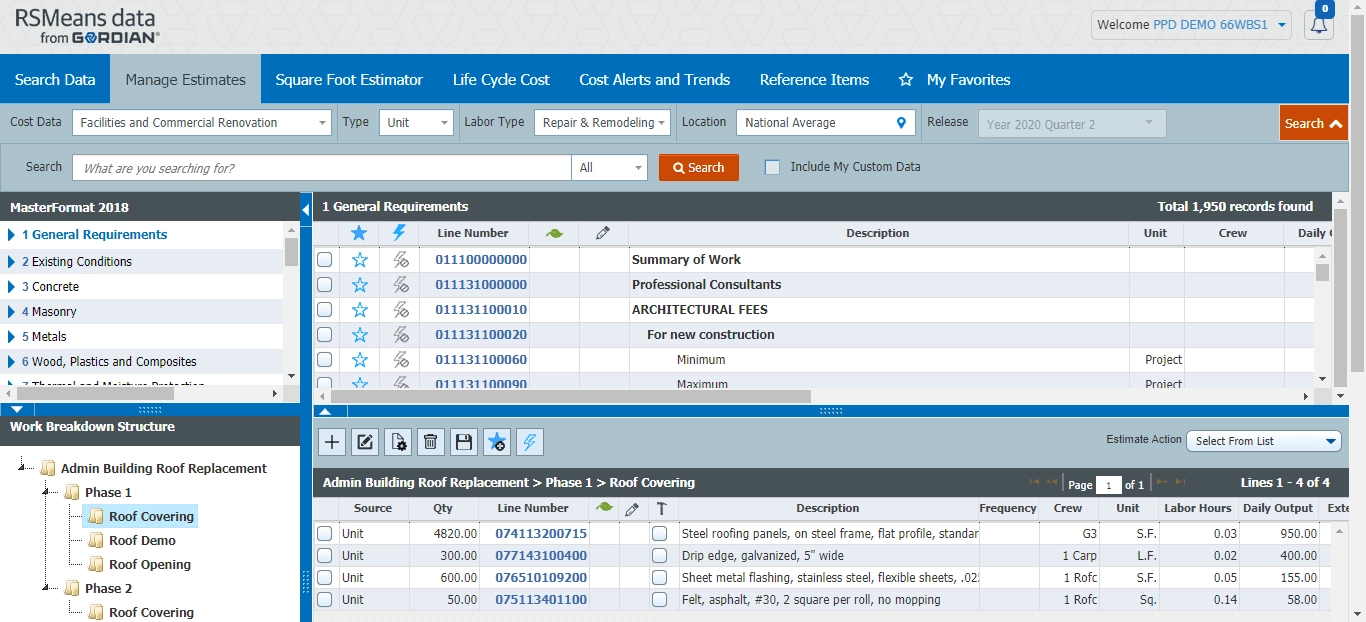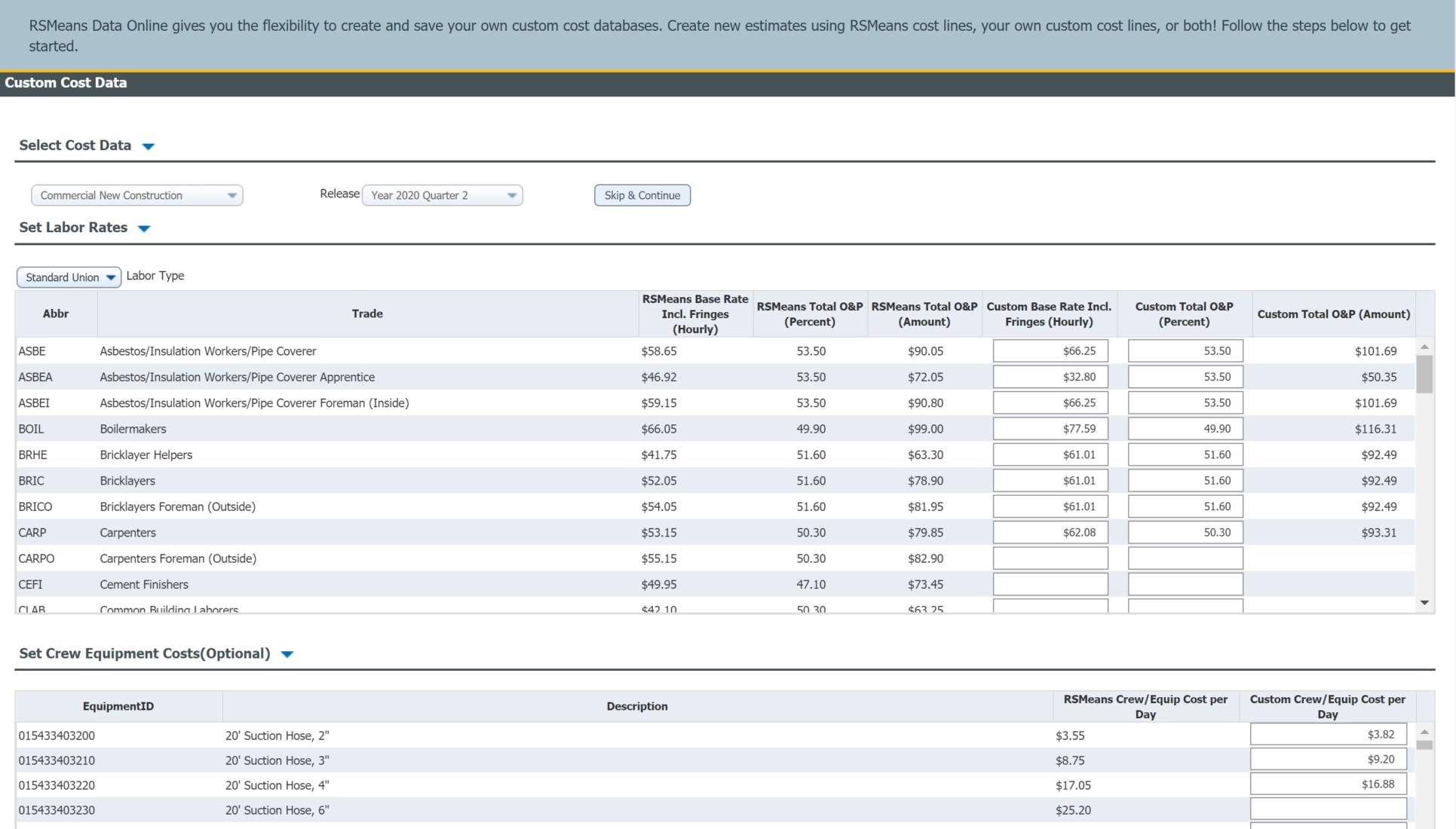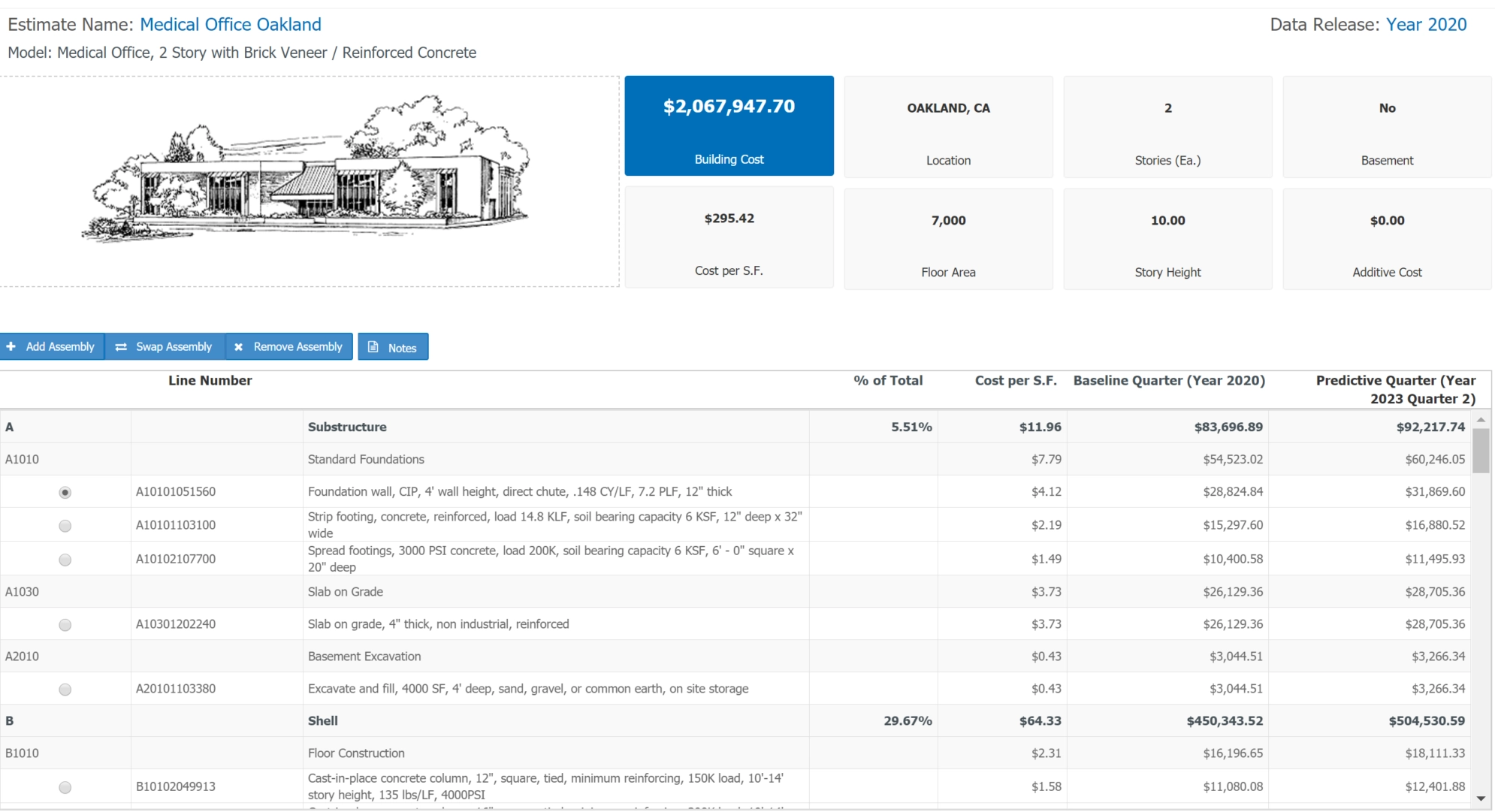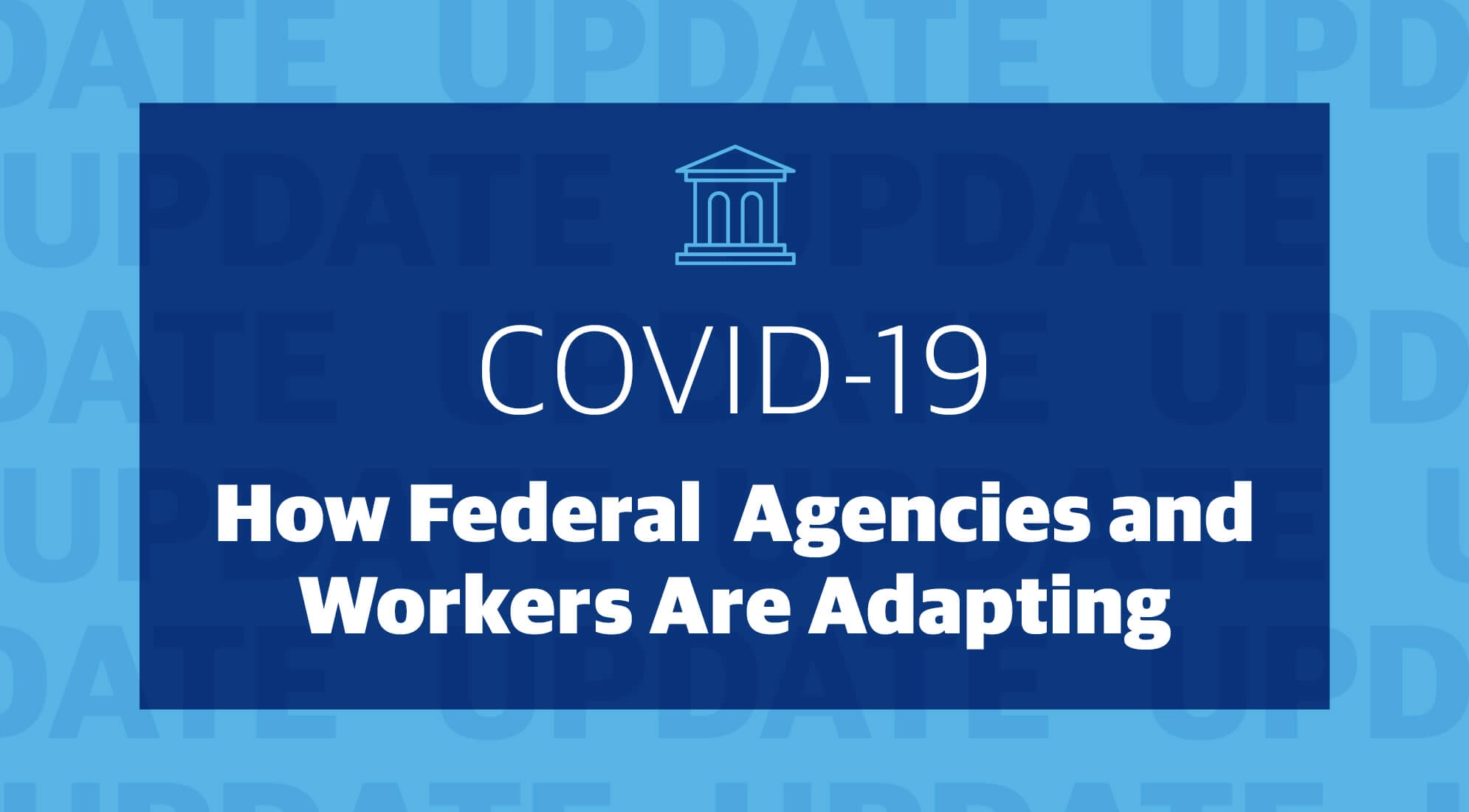The U.S. Government Accountability Office (GAO) recently updated their Cost Estimating and Assessment Best Practices Guide, originally published in 2009. The purpose of the revision was to refine cost estimating guidance for Federal agencies. While the GAO guidelines apply to a broad range of programs, there are specific applications to capital construction and facility sustainment and modernization estimates, as evidenced by GAO’s periodic reports on the opportunities to improve construction cost estimating at agencies ranging from the DOD to the VA to FEMA. GAO recommends that leaders and auditors use the Best Practices Guide as a benchmark to assess agency reliability of cost estimating for budgeting and decision-making purposes.
Technology has evolved considerably since the initial GAO Best Practice guidance, and agencies can leverage new tools to support the GAO’s updates cost estimating best practices. Gordian has been developing enterprise features to our flagship RSMeans Data Online construction estimating platform, informed by GAO’s guidance. On the heels of a significant software update, many agencies will want to consider how RSMeans Data Online can support continuous improvement and the implementation of best practices.
GAO Best Practice #3: The cost estimate WBS [Work Breakdown Structure] is product-oriented, traceable to the statement of work/objective, and at an appropriate level of detail to ensure that cost elements are neither omitted nor double-counted.
GAO Best Practice #21: The cost model is developed by estimating each WBS element using the best methodology from the data collected.
The introduction of Work Breakdown Structure (WBS) capabilities in RSMeans Data Online provides a powerful new tool to better organize estimates in alignment with agency processes and goals. GAO defines WBS as “a method of deconstructing a program’s end product (in this case a construction project) into successive levels of detail with smaller specific elements until the work is subdivided to a level suitable for management control.” GAO finds that “standardizing WBS results in more consistent cost estimates, allows data to be shared across organizations, and leads to more efficient program execution.”

To meet the varied needs of Federal agencies, the Work Breakdown Structure feature within RSMeans Data Online is completely customizable. It can be used to organize estimates by ASTM 1557-15 Uniformat II, which is quickly becoming a preferred standard. Agencies can, of course, apply their own standards like FEMA’s Cost Estimating Format, or break out costs in line with dedicated funding sources like GSA’s Physical Security Program.
Learn more about how new features in RSMeans Data Online construction estimating software can help you improve productivity and collaboration.
GAO Best Practice #6: The documentation shows the source data used, the reliability of the data, describes in sufficient detail the calculations performed and the estimating methodology used to derive each element’s cost.
Reliability of construction and facility cost data is an ongoing priority for any Federal agency. RSMeans Data is the industry standard for construction costs accuracy and reliability and has been since the 1940s. A team of cost engineers and data scientists spends 22,000 hours every year researching, validating and analyzing costs, ensuring their quality.
In addition, advanced reporting features in RSMeans Data Online provide tremendous flexibility and transparency in the way markups are applied to various portions of the estimate. Tools exist to allow estimators to adjust prices based on local conditions or Davis-Bacon wages. Notes fields allow for the documentation of calculation and other scope notes to ensure that other stakeholders can reconstruct the estimating effort. Finally, localization calculations are automatically applied at the most granular and accurate level.
GAO Best Practice #11: The estimate has been adjusted properly for inflation.
Accurately predicting the impact of inflation and market conditions on future construction costs has been the most challenging aspect of Federal construction planning and budgeting. These predictions are especially difficult in volatile and unpredictable markets like we are seeing in the COVID-19 era. Until recently, the only easy tools to rely on were DOD- and GAO-produced factors which rely on historic data. Econometric data could be used by advanced practitioners but with no commonly accepted outputs, extensive justification documentation was necessary. Gordian’s groundbreaking predictive cost data provides a more accurate way to account for anticipated inflation driven by commodity prices and market conditions, with greater specificity at the material and labor division level driving more accurate estimates.
Implementing GAO Best Practices for Better Enterprise Management
The updated GAO best practices repeatedly emphasize the importance of standardized WBS and other processes as the foundation for enterprise management of and insight into agency-wide and government-wide portfolio management to “facilitate the tracking of resource allocations and expenditures across programs, comparing and reconciling costs between contractors.”
Using RSMeans Data Online, WBS templates can be provided to estimators with customizable access and edit capabilities, ensuring consistency of results. In addition, the unifying folders and permissions features enable enterprise management, organization and standardization of estimates and estimating functions. When combined with the powerful capabilities of RSMeans Data, these tools provide a cornerstone for advanced analytics and understanding of cost variances.
Technology has come a long way since the GAO published it’s Cost Estimating and Assessment Best Practices Guide. With updates features to improve productivity, document calculations, adjust prices for real market conditions and enhance organizational control, RSMeans Data Online is a powerful cloud-based tool for agencies that want to implement GAO best practices.







